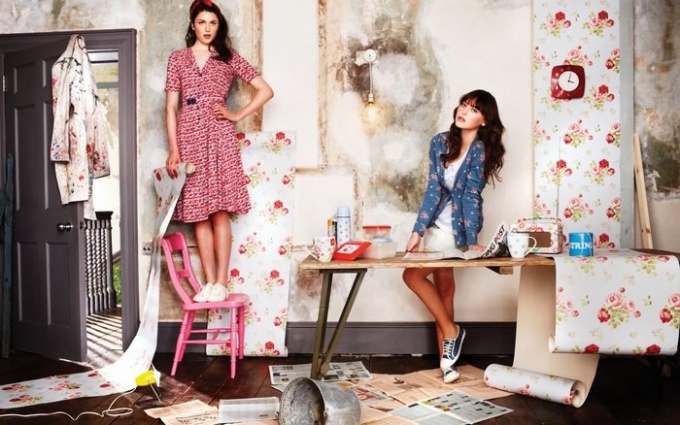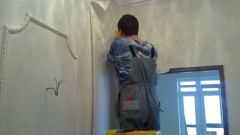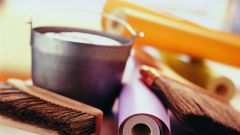Instruction
1
In the home the user is often faced with the necessity of pasting the sheet of fiberboard or paper Wallpaper. Here the question arises, how to behave fibreboard in direct contact with the water-based adhesive. To prevent deformation, it is recommended to impregnate the surface with any (your choice) water-resistant remedy. The role of primer suitable heated to 50 ° C the oil is repeatedly applied a thin layer after thorough drying of each previous layer. You can use any other repellents. For example, pinoteks - well-proven and modern tool to protect wood materials. It is for outdoor and indoor use. Special attention when the treatment should be given region of the ends of the plate.
2
After the primer has dried, it is recommended to cover the surface with a thin layer of filler if needed to smooth out the joints. Well give it to dry. And then re-apply the primer to reduce the subsequent consumption of glue. If the plate is solid, you can do the same with primer. Proceed to the pasting of Wallpaper is possible only after ascertaining that the surface is completely dry.
3
Prepare the glue in advance. It is better to choose it among the mixtures, enriched with antifungal additives. Then follow well-known rules. Start to glue the Wallpaper taken from Windows, before it was due to pasting Wallpaper overlap. Now this problem has disappeared, so it's better first sheet to the first position from the corner (if its direct properties no doubt) or doors.
4
Using a level or plumb line mark the wall, evenly coat them with glue over the entire surface. Exactly attach the first sheet of Wallpaper, avoiding distortions. Remove from the cloth any excess glue with a special roller or soft spatula, rubbing motion from the center to the edges. Edge RUB with a clean dry cloth. The following sheet carefully glued back to back.
5
Reaching the corner, carefully RUB it. Here the Wallpaper glued overlap (5-6 cm) or means of connecting, if the cloth pretty tight. The excess is carefully removed with a razor blade.
6
Papered the room should dry 1-2 days. You can then begin to paint water-based varnish or special paints.


